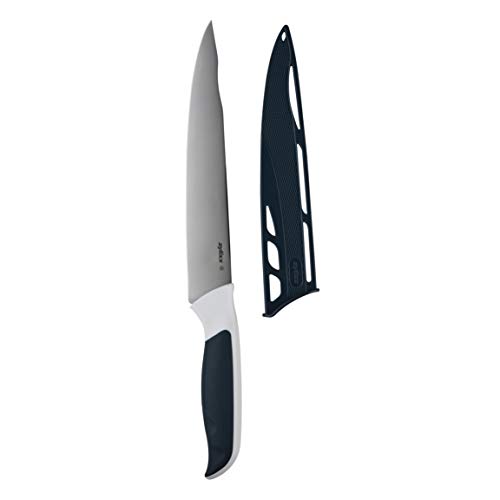Introduction
Electric carving knives have been around since the 1930s and have become a popular kitchen tool. They make carving meats and breads a lot easier than using a manual knife due to their serrated blades and motorized cutting action. However, as with any kitchen gadget, electric carving knives have their downsides.
Limited versatility
One of the main disadvantages of electric carving knives is their limited versatility. They are designed specifically for carving meats and breads, but they are not suitable for other kitchen tasks like chopping vegetables or herbs. This means that if you have limited space in your kitchen, an electric carving knife may not be the best investment.
Risk of injury
Electric carving knives pose a risk of injury if not used properly. The blades are very sharp and can easily cut through skin and muscle if your hand slips while using it. Additionally, the motorized cutting action means that the knife can easily get stuck in dense or tough pieces of meat, which can cause it to kick back in your hand.
Maintenance and cleaning
Another disadvantage of electric carving knives is maintenance and cleaning. The blades of an electric carving knife are attached to the handle with screws and can be difficult to remove for cleaning. Additionally, the motorized components of the knife can become clogged with food particles, which requires frequent cleaning to keep it functioning properly.
Cost
Electric carving knives can be more expensive than traditional manual knives. While they can make carving a lot easier, they may not be worth the added expense if you only need to carve meats occasionally. Additionally, the cost of replacing the blades can add up over time.





